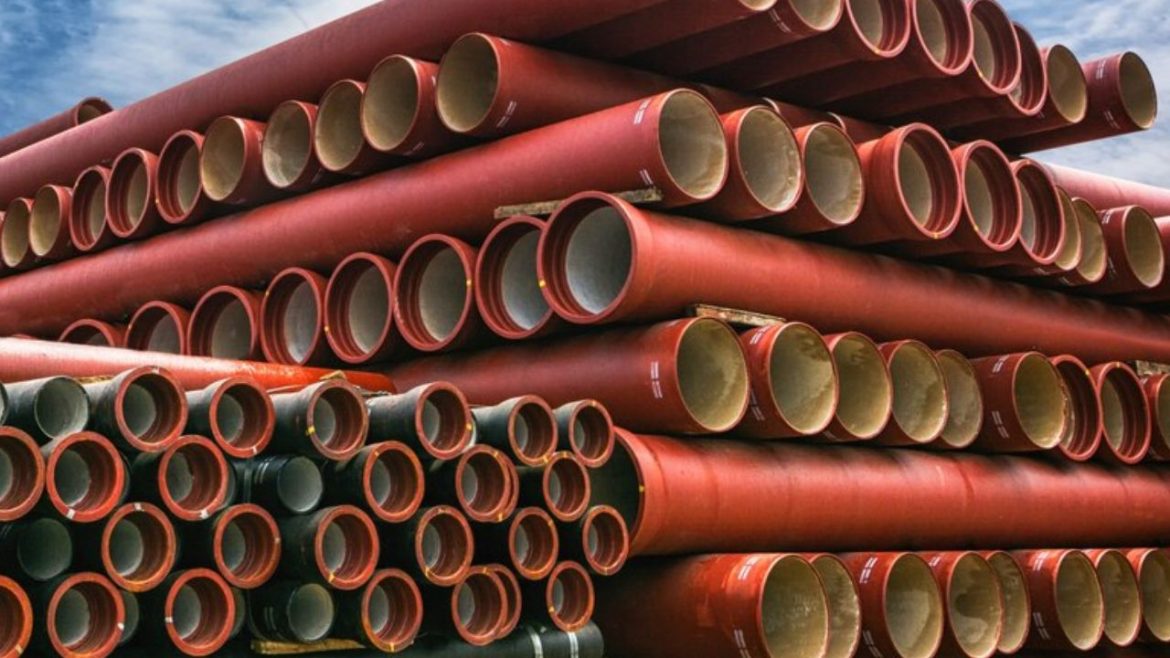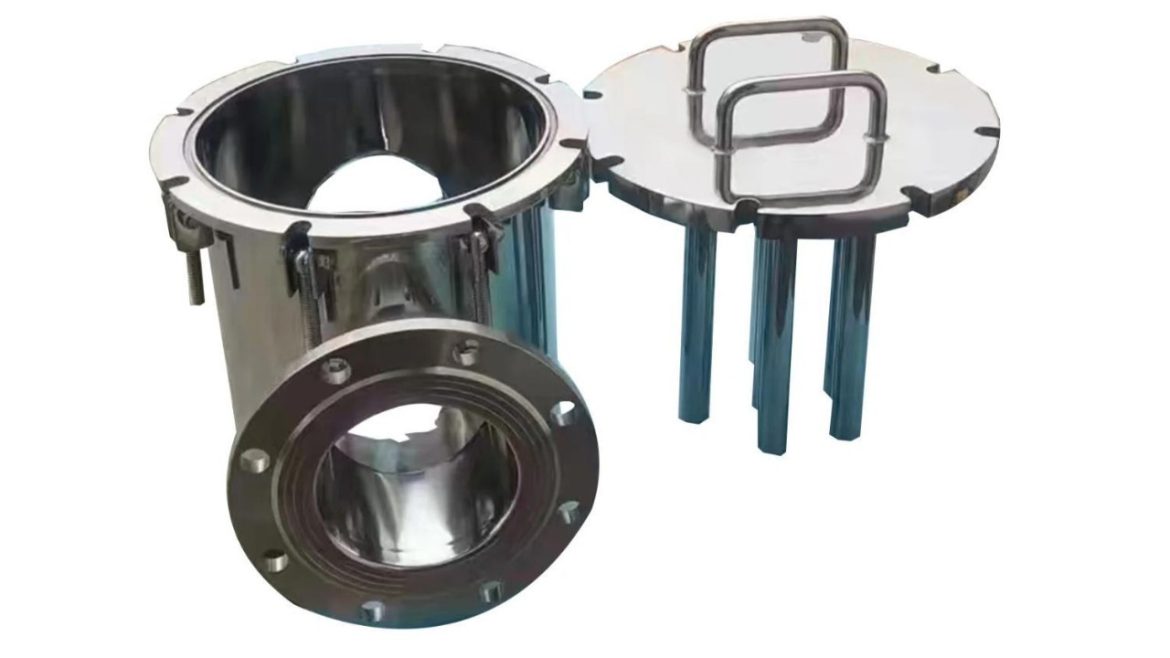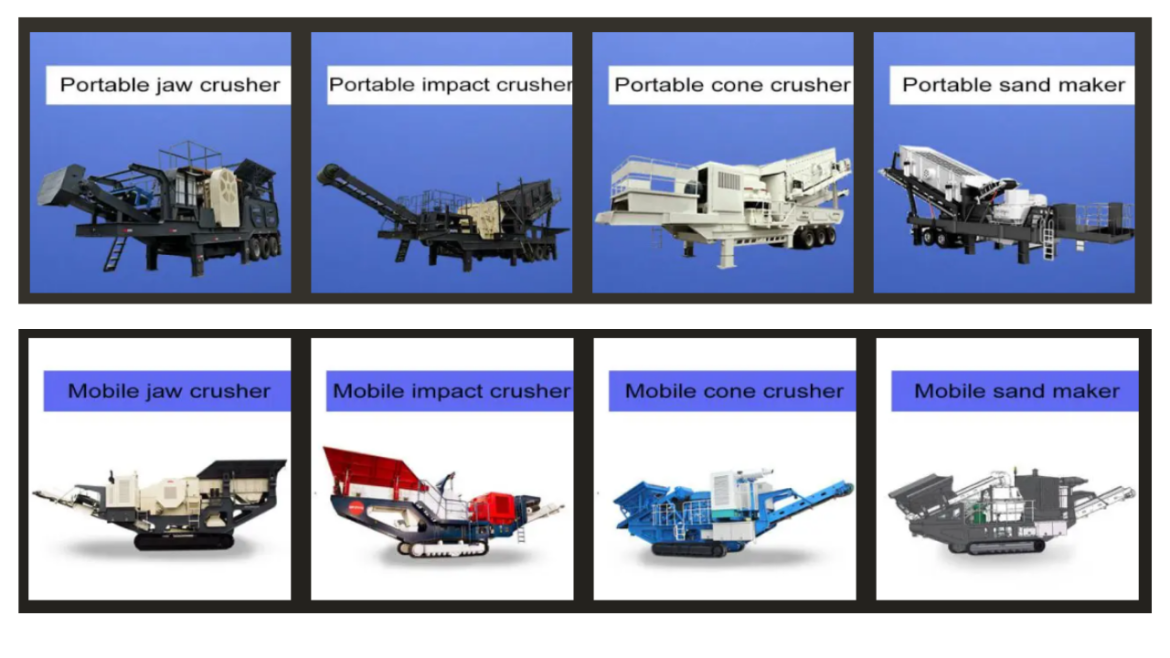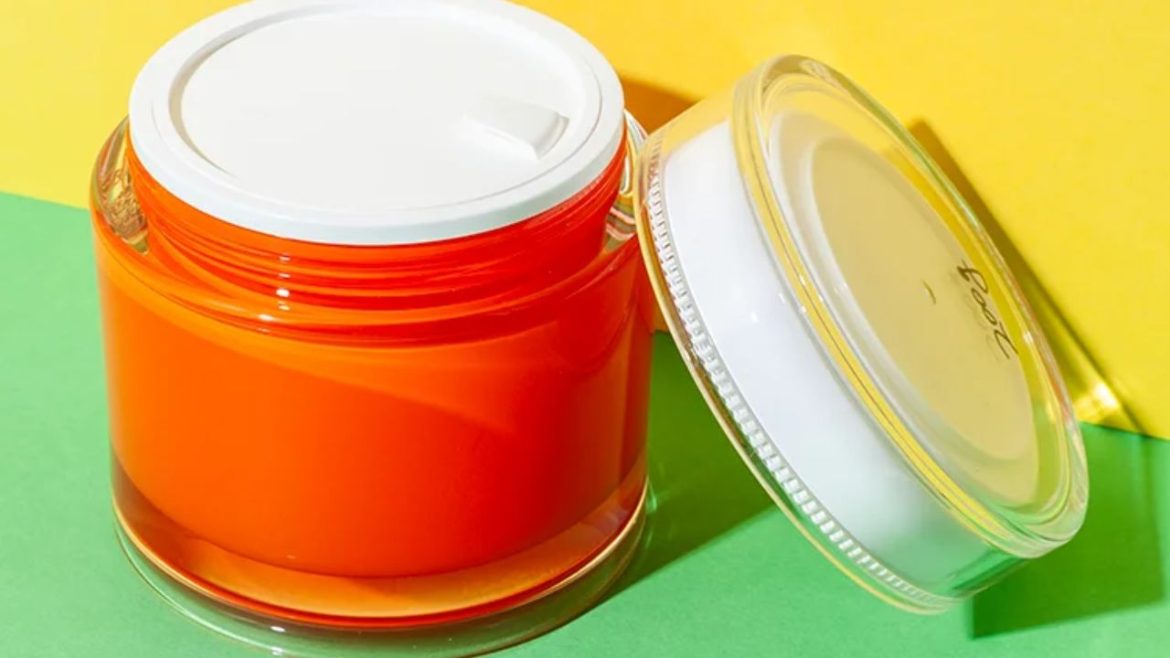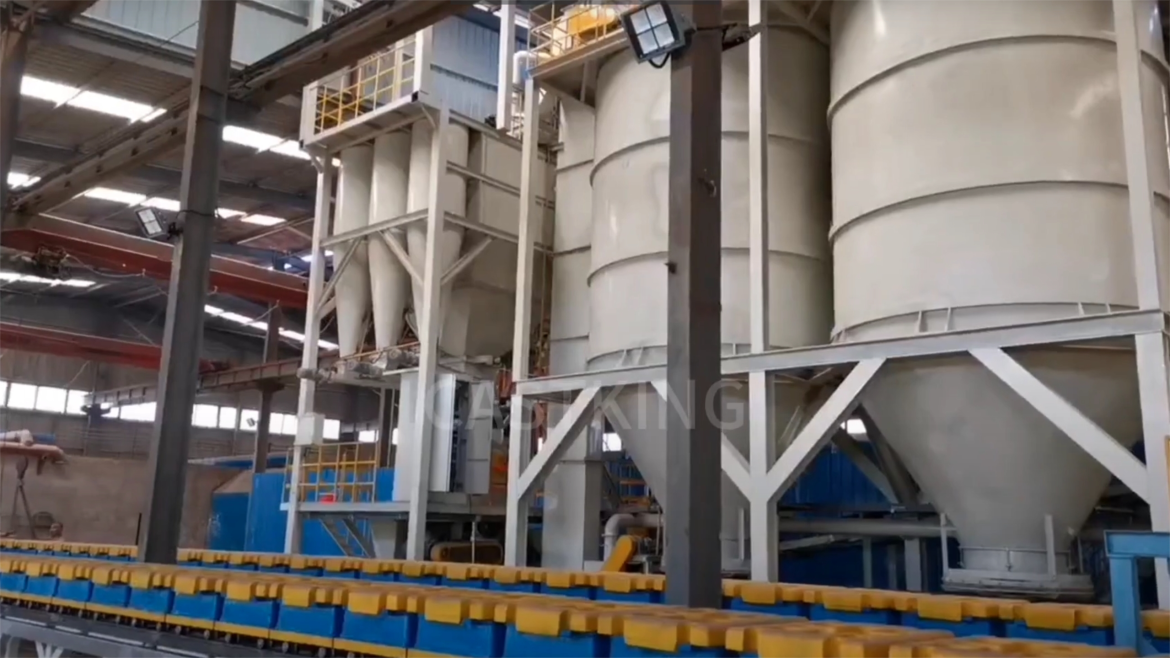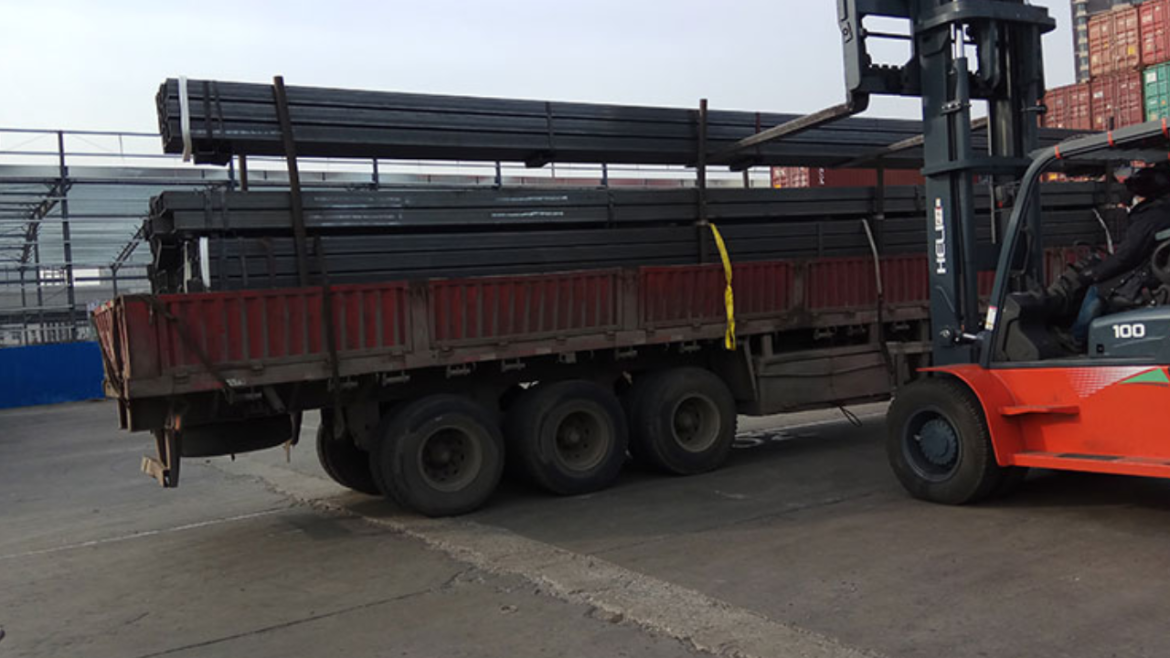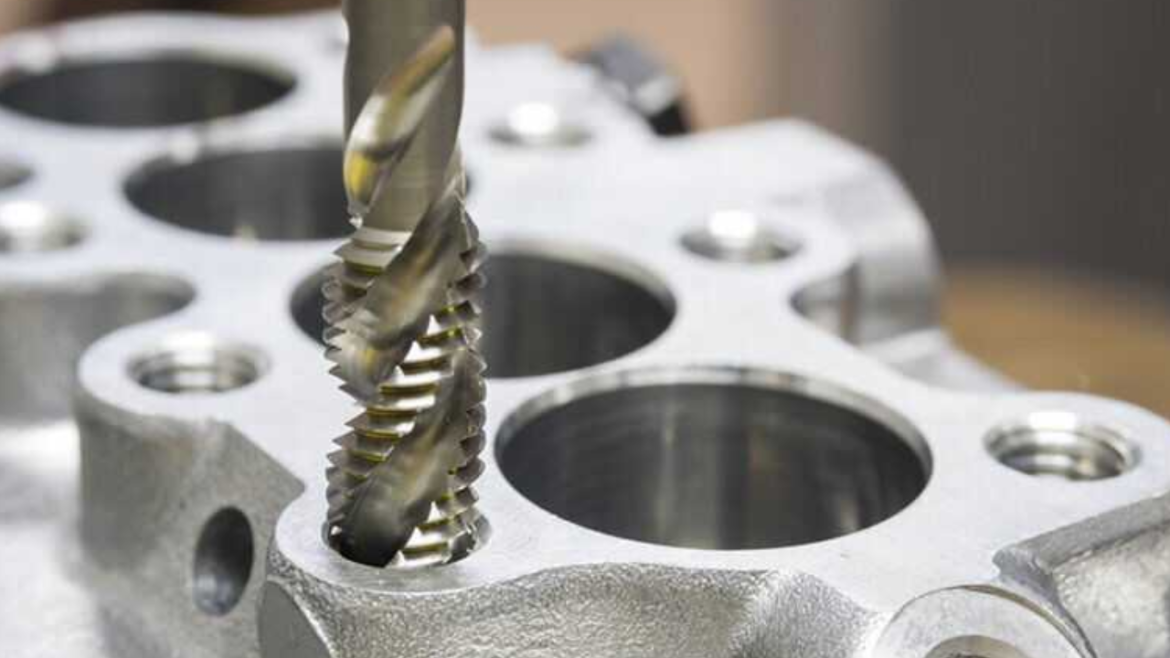Pharmaceutical
The food, beverage, personal care, and household product industries now use spout pouches as a common flexible packaging option. People are choosing them more often because they are light, do not leak, can be resealed, and are better for the environment than the usual rigid packages. Still, selecting the right spout pouch for a product means thinking about its material, size, spout design, protection against spoiling, and branding opportunities. A business must select the proper spout bag for their product to get the best results in performance, appearance, and cost.
Knowing What the Product Is
The main thing to do is to determine what the product you are packaging is like. Is the substance liquid, more like a gel, or thick like a paste? Is the food made with ingredients that are acidic or oily? Will this product be used to eat, keep chemicals in, or apply to the skin? Different products require different types of pouches. Noticing these product qualities helps select suitable materials that keep the product safe and secure.
The Proper Form of the Material
Multi-layered laminates are generally used to make spout pouches. Each layer contributes moisture resistance, an oxygen barrier, the ability to print, and strength. More and more, eco-friendly brands are selecting recyclable, biodegradable kraft paper. Most food packaging uses materials with strong barriers to maintain freshness and stop contamination. Since cleaning agents are not food, containers made of strong, chemical-resistant materials are required. Choosing the proper material design keeps the product intact and also helps the brand reflect its important values, such as being sustainable or high-quality.
Choosing the Spout and Cap
The way the spout and cap are designed is very important for both ease of use and keeping the contents fresh. Spout diameters, lengths, and their position on the pouch are not the same for all pouches. A central spout is preferred for beverages, while side spouts are usual for cleaning supplies and vehicle oils. The pipe’s diameter should be right for the product’s viscosity to avoid any clogging during dispensing. Wider spouts are usually better for liquids such as sauces and baby food. Also, caps are available in flip-top, twist-off, and child-resistant types, depending on the product’s type and the need for safety. A suitable spout and cap combination allows users to enjoy convenience and still have their product protected.
Size and Shape Considerations
The amount of liquid needed can be met by small single pouches or large multi-use packs. The size of pouches depends on the type of product and how much people want to buy. It should be easy to handle and use, so the shape should be practical. It ought to make the product stand out brand-wise and on the shelf. Take baby food pouches, for instance, as they have rounded sides for safety and a strong grip, and high-end cosmetics are usually shaped differently for a more luxurious feel.
Barrier Properties and How Long Products Stay Good
It is very important to use barrier protection, mainly for perishable items or those that react to light, moisture, or oxygen. Aluminum foil or metalized high-barrier films are very effective at keeping products well-protected and fresh for a long time. The oxygen barrier helps keep juices and purees fresh, and the moisture barrier is needed for powders and granules. When the product is sterilized or hot-filled, the pouch needs to resist high temperatures. Fitting the pouch’s barrier with the product’s needs allows brands to maintain freshness, security, and follow regulations.
Ability to Customize and Brand
Designing a spout pouch well helps to raise brand awareness. The surface of the pouch gives plenty of space for bright images, company logos, product details, and stories. Because detailed, high-resolution images are possible with digital and rotogravure printing, the product is more attractive to shoppers. Businesses can choose their own colors, finishes, window designs, and even add textures to their branded products. When businesses compete, attractive and well-known packaging can often persuade consumers to buy their products. Using custom spout pouches shows a professional approach and helps customers remember and stay loyal to the brand.
Having a Reliable Manufacturer
Choosing a reliable spout pouch manufacturer plays an important role in achieving good results. For a food ingredient supplier to be good, it must know the materials, design products according to your requirements, have food-grade certificates, and offer quick service. Picking a manufacturer who covers the process from design to production and delivery can make sure you get quality products, and there are fewer delays in packaging.
Conclusion
Basically, selecting a spout pouch should aim to make it better, safer, and more attractive for buyers. With the right knowledge of products, the right choices for materials and spouts, and a well-matched manufacturing team, businesses can be certain their packaging preserves and promotes their product.

